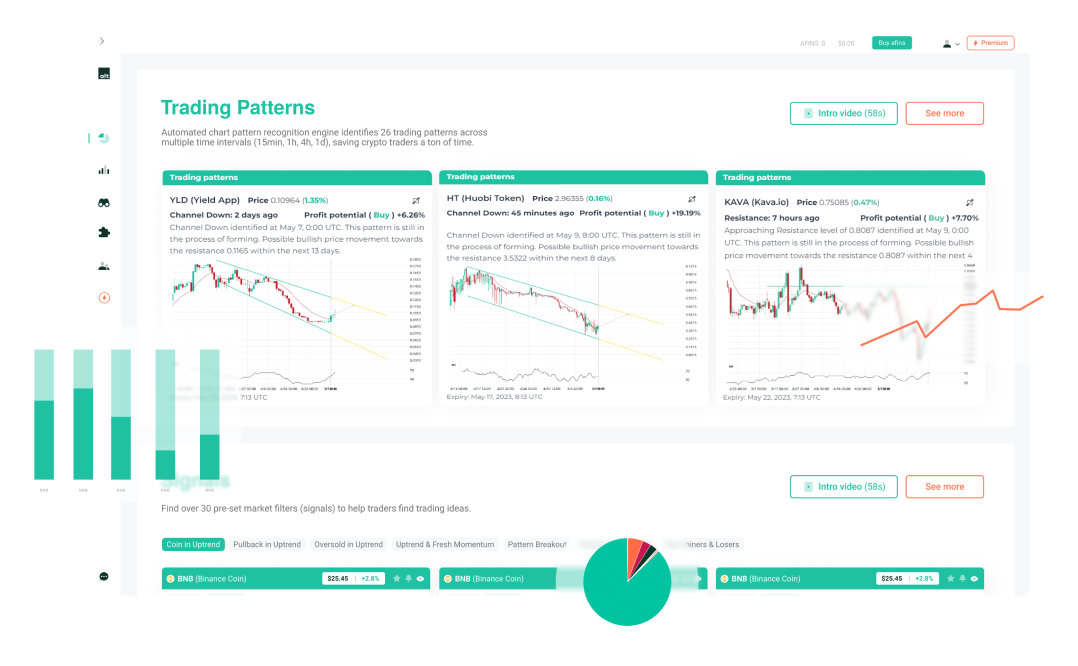Search Knowledge Base by Keyword
Moving Average Ribbons
Moving average (MA) ribbons are formed by using multiple SMAs (or EMAs) indicators. MA ribbon strategy uses SMA 5, SMA 10, SMA 20, SMA 30, and SMA 50. It can be used with any time interval (15 min, 1 hour, etc.) but the longer time intervals tend to be more reliable crypto signals with less whipsaw risk.
This strategy generated very healthy gains in 2020 (through Oct 31) for four large caps: BTC (+75%), ETH (+94%), XMR (+67%), LINK (107%). The strategy certainly is not failproof as can be seen in Litecoin example, where we would have lost -15%.
Trading rules:
- Buy signal (go Long) – when the price is above all SMAs
- Sell signal (and Sell Short) – when the price is below all SMAs
Here’s an example of how to execute trading rules:
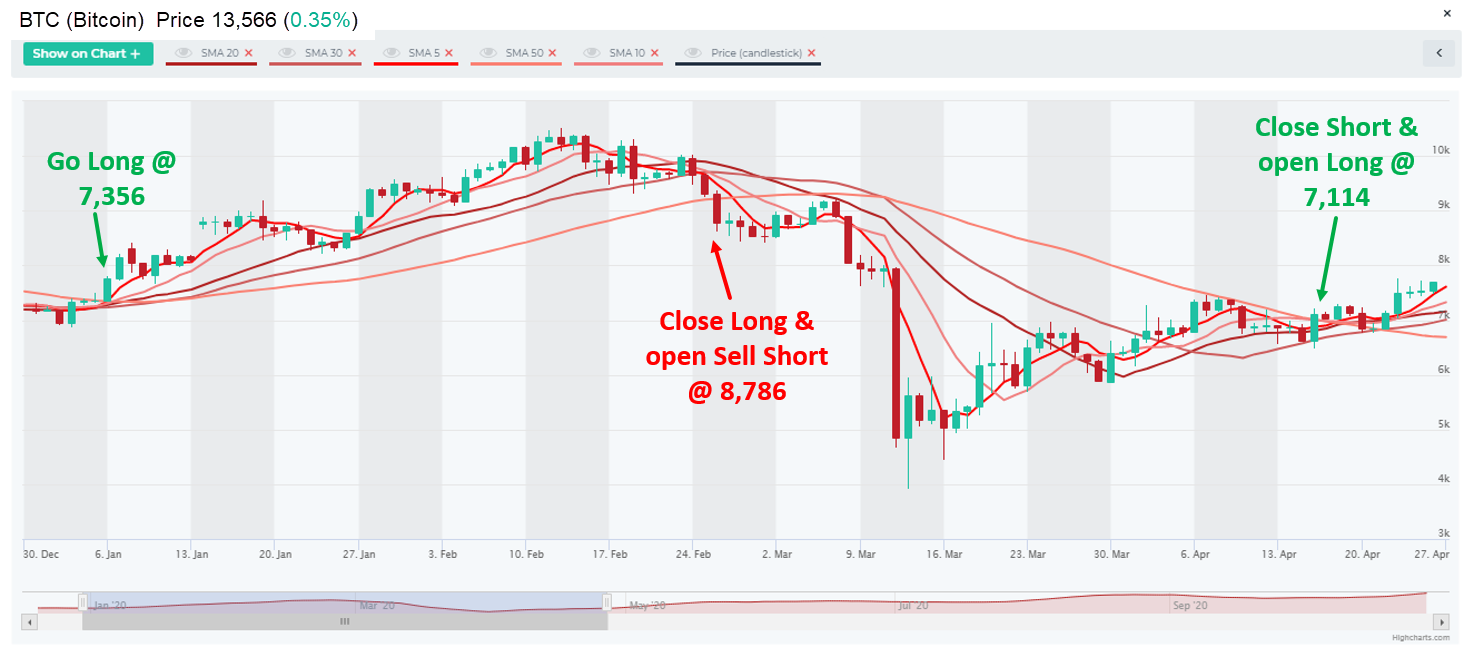
Ideally, trade entry is close to a point when the moving averages converge closely together after the price flattens out into a sideways range. That usually forms a base for a break-out, either up or down.
To create your own coin screen for the SMA Ribbons strategy on the altFINS platform, use these filter criteria:
- Last Price is above 100% of SMA 5 for Buy Signal (or below 100% for Sell signal)
- Last Price is above 100% of SMA 10 for Buy Signal (or below 100% for Sell signal)
- Last Price is above 100% of SMA 20 for Buy Signal (or below 100% for Sell signal)
- Last Price is above 100% of SMA 30 for Buy Signal (or below 100% for Sell signal)
- Last Price is above 100% of SMA 50 for Buy Signal (or below 100% for Sell signal)
- Volume ($) is above 100,000 (some min liquidity)
You can also follow this video tutorial (4 mins):
Let’s look at some past examples:
(note that our performance calculations use closing price one day after crossover day, to be conservative)
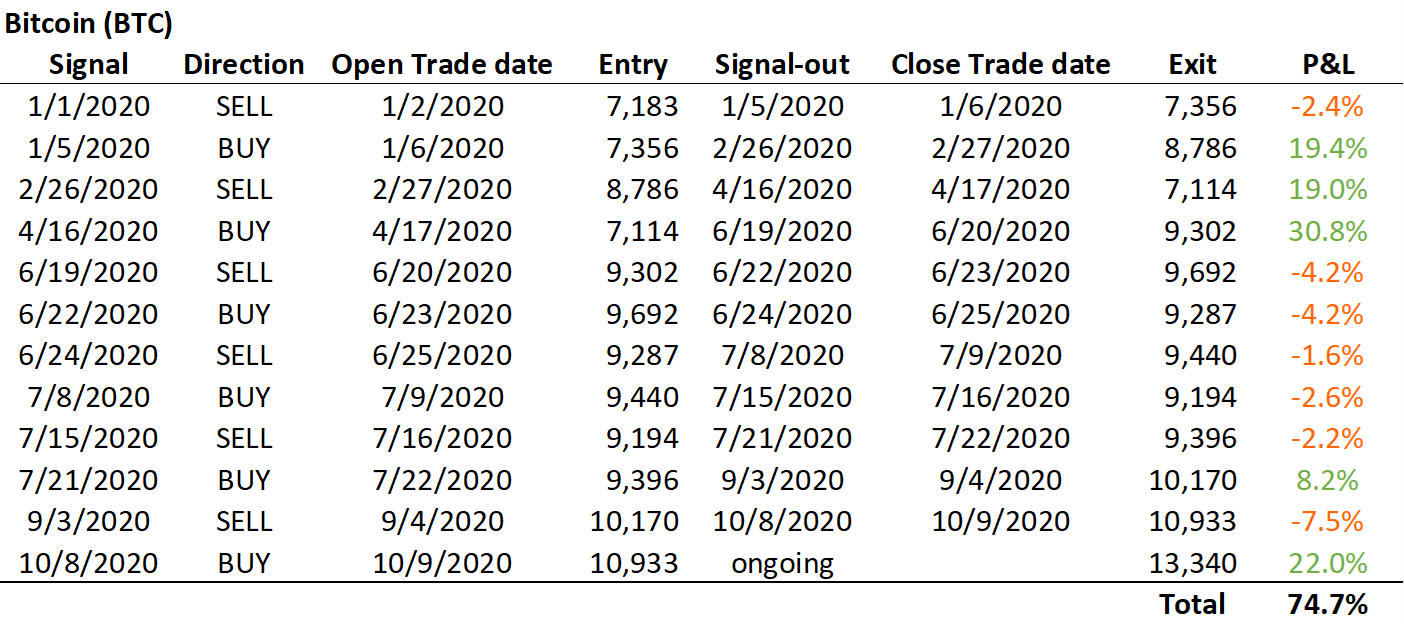
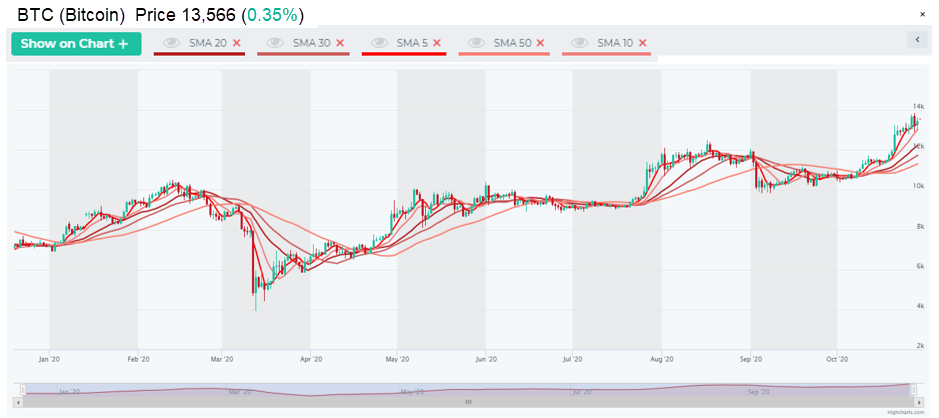
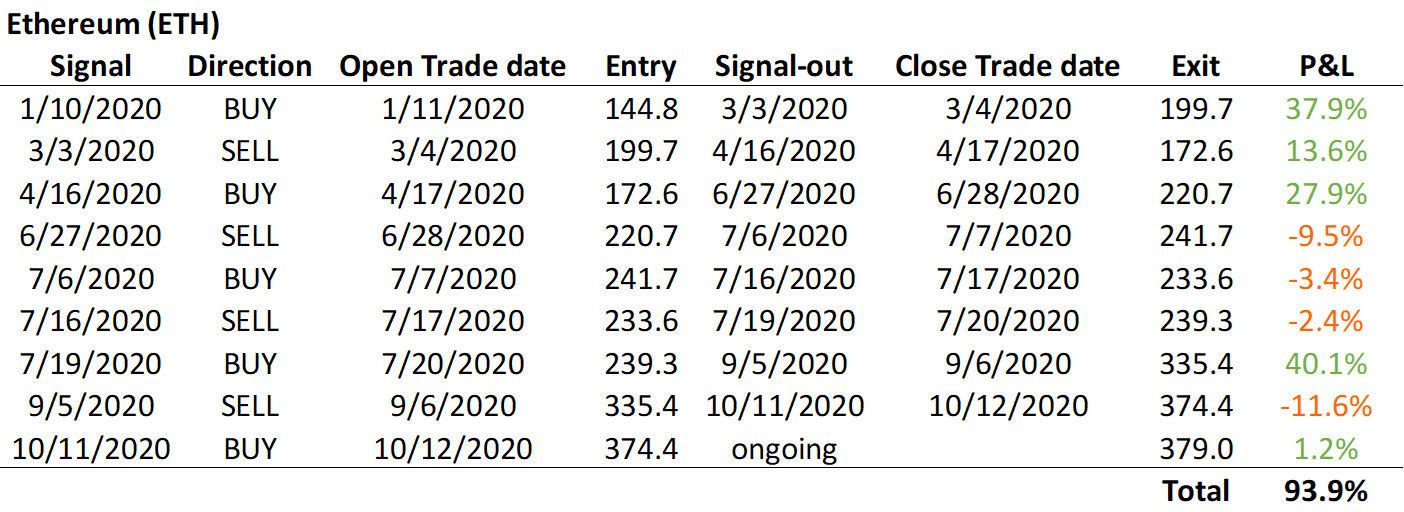
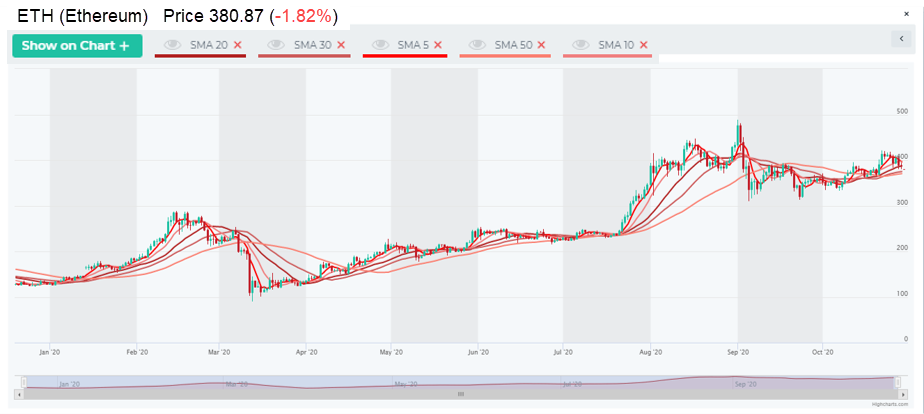
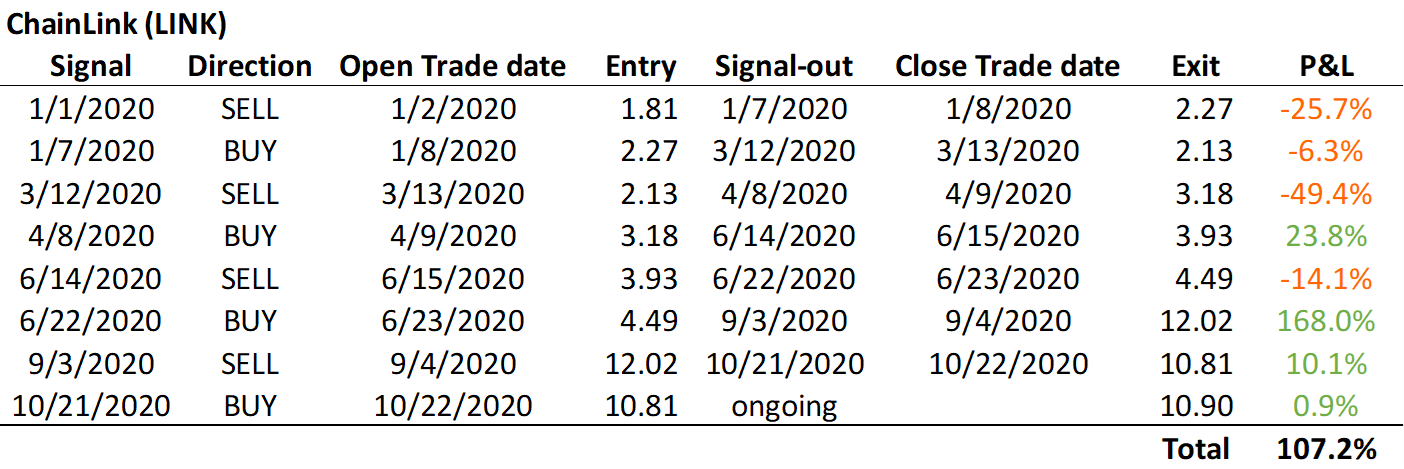
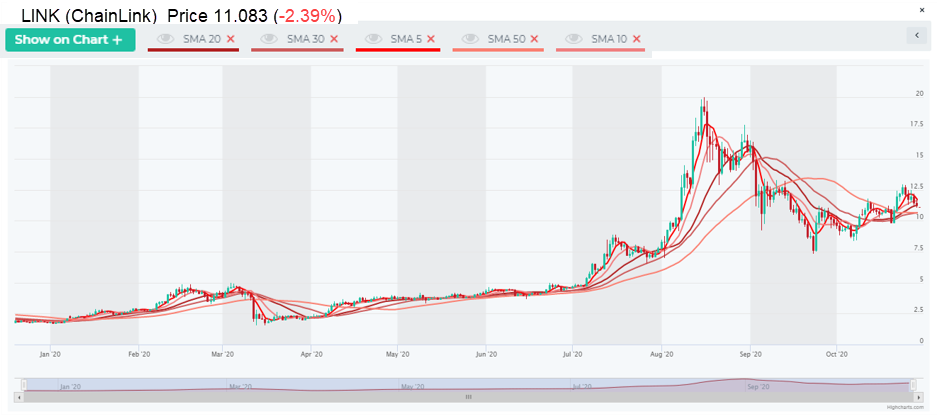
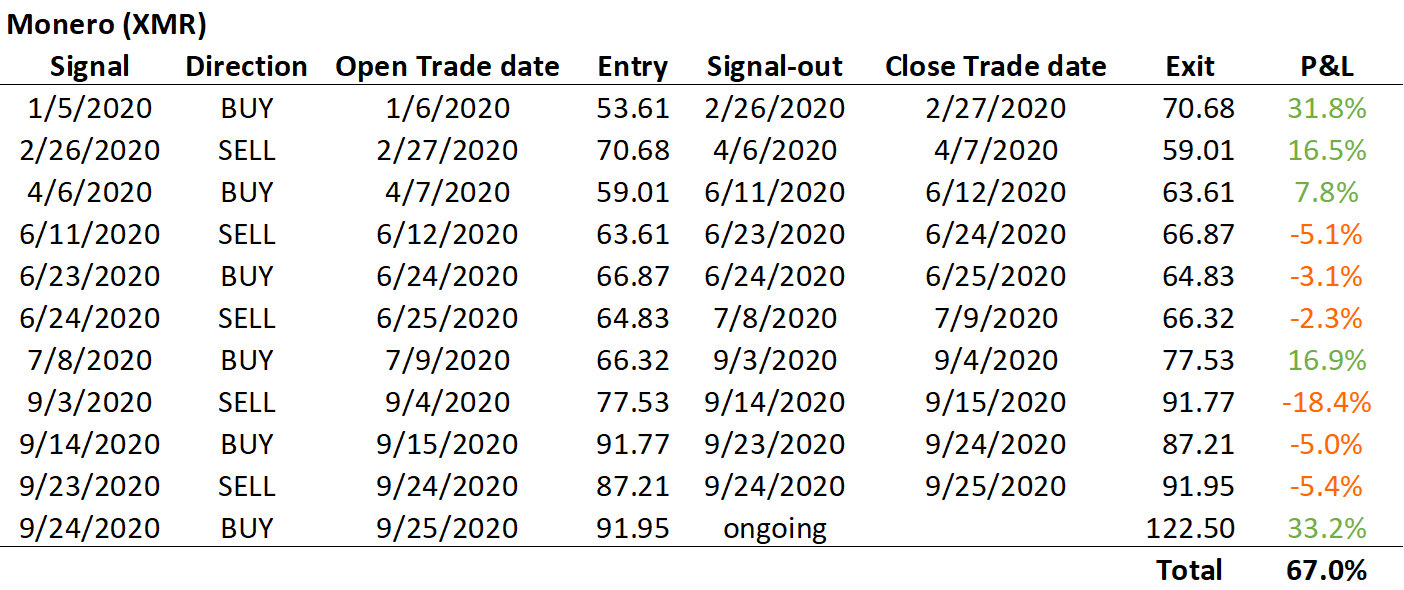
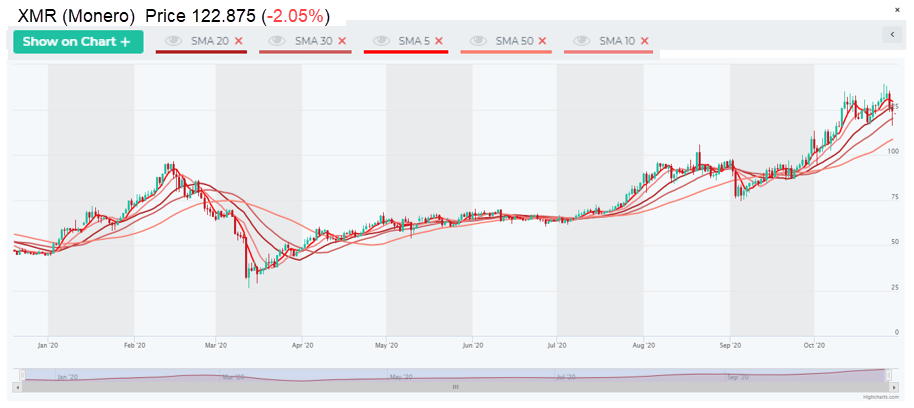
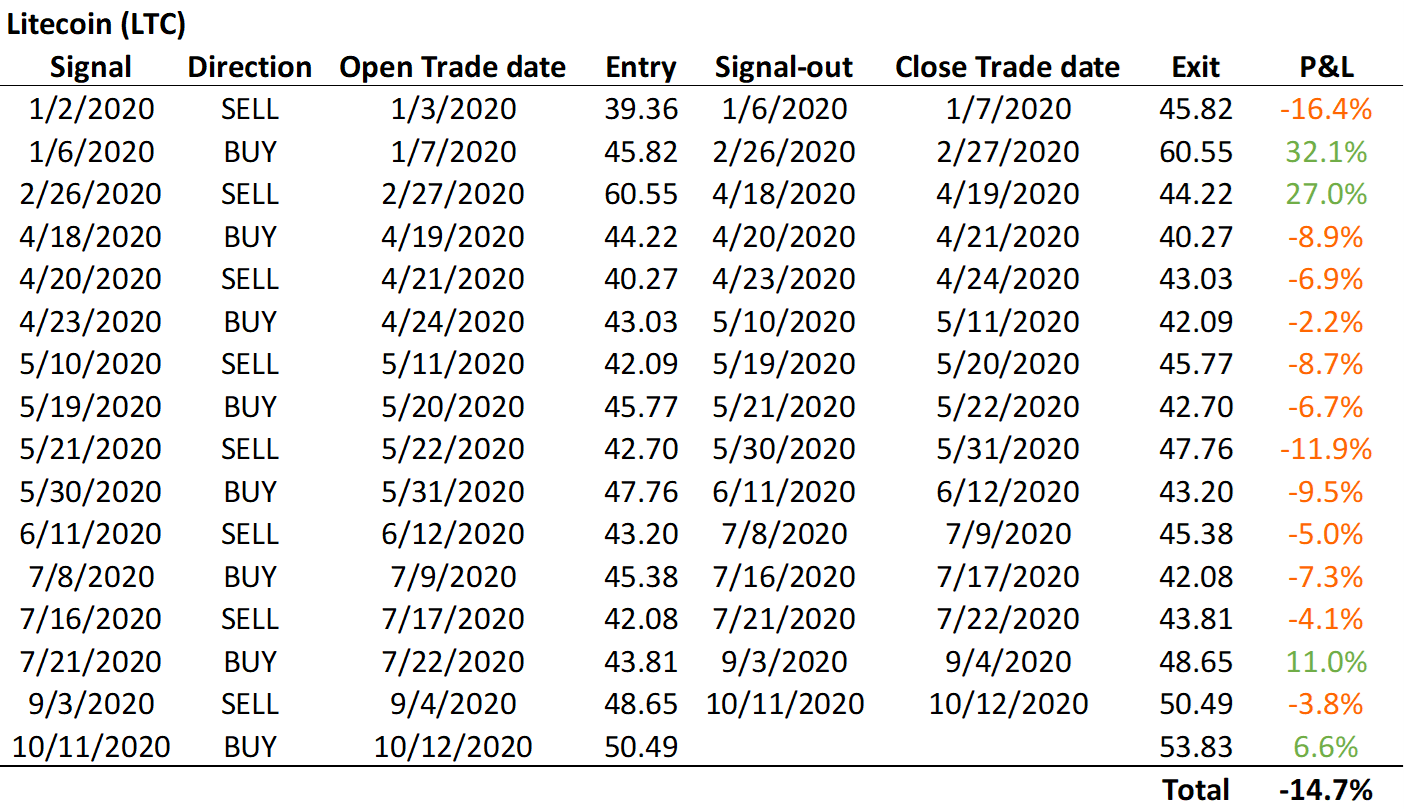
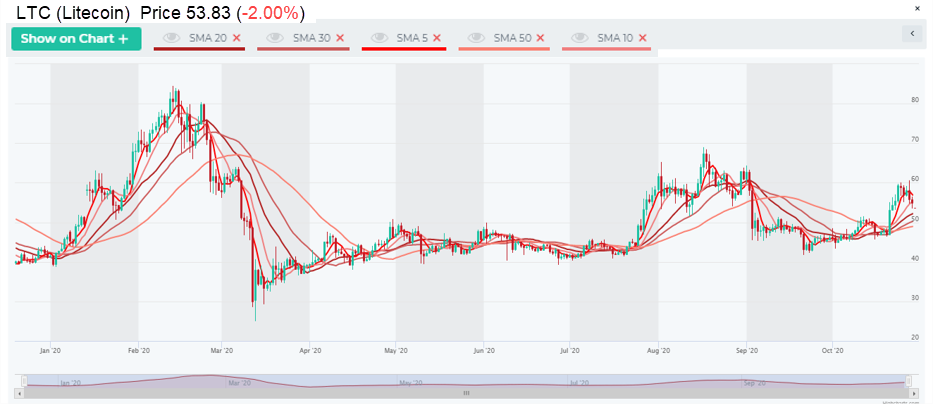
Risk management – Stop Loss and trade size. In all of these setups, crypto traders should use Stop Loss orders to manage their downside risk, in case the trade goes against us, as it often will. Crypto trading is about probabilities and even though these setups have a high win rate, one must be prepared to minimize losses on the trades that go bust. If Stop Loss order types are not supported by the exchange, at least set up a price alert (see video). Also, trade size should be such that you never risk losing more than 2% of your total equity. Keeping the trade size small allows the crypto trader to set up a wider Stop Loss, which gives the trade more room and time to complete with success. Setting Stop Loss levels too tight can often result in getting knocked out of a trade prematurely.
Disclaimer: This content is for informational purposes only, you should not construe any such information or other material as investment, financial, or other advice. There are risks associated with investing in buy cryptocurrencies. Loss of principal is possible.
